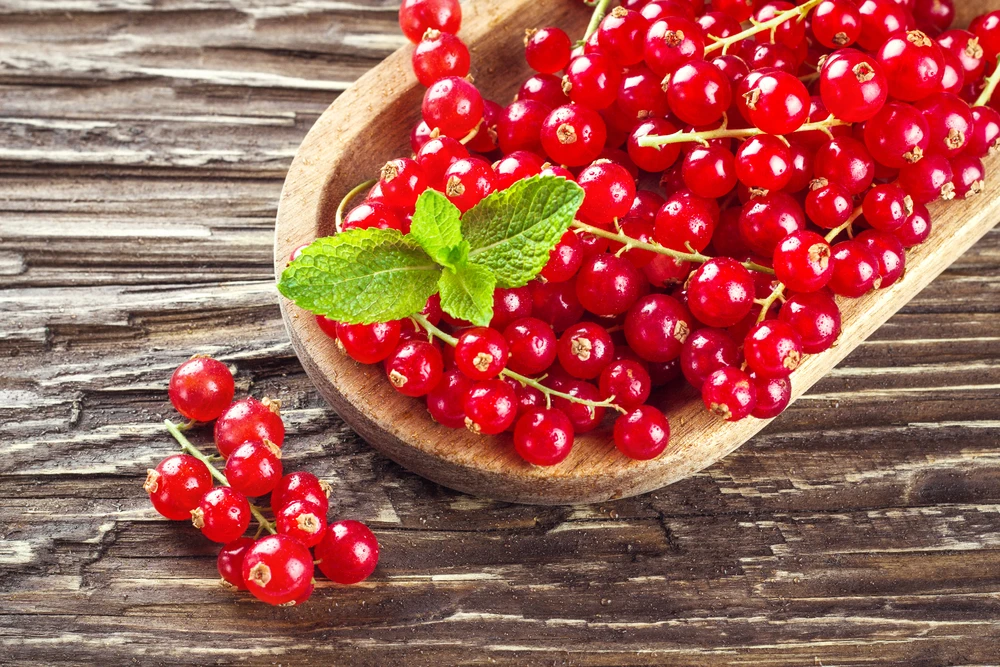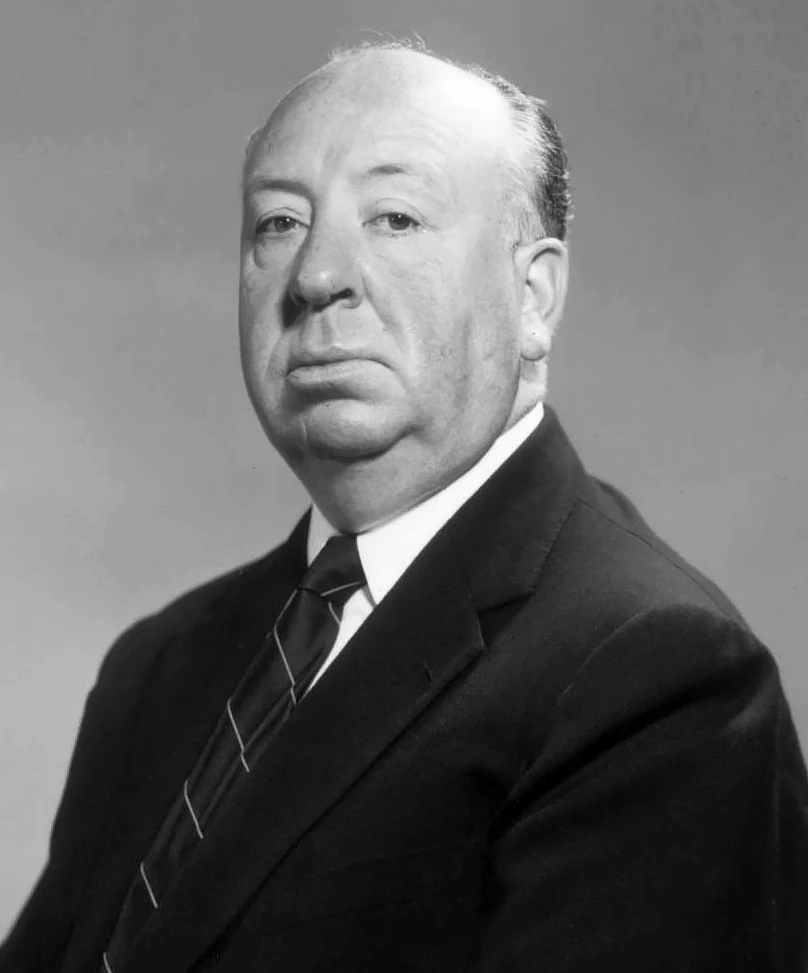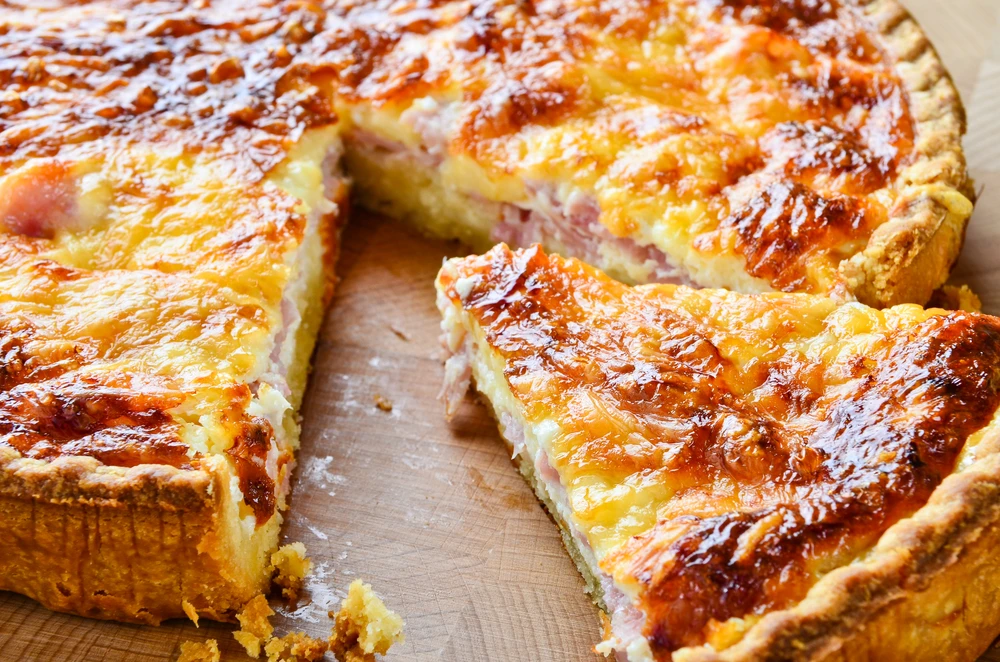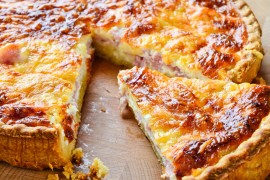A delicacy that comes to us from afar
The currant is a fruit
Delicious currants! They are part of the "grossulariaceae" family. It is in the XIIth century that the currants made their appearance in Europe straight from Asia. It is in Lorraine, at the return of the Crusades, that one started to plant and to consume them. In the Middle Ages, currants were often found in gardens. There are several kinds of currants: red, white, pink... for example the gloire des sablons, which is bright pink or the versaillaise which is rather white. There are also currants, huge, the size of grape balls, hence its name. Ah there is also the gooseberry, wilder, sour, which is found in a sauce with gooseberries that accompanies the mackerel in Great Britain, hence its name. As they are rather acid, the currants are often eaten cooked and with a lot of sugar, obviously in jelly, syrup or jam.
When a toothache gives birth to the "Lorraine caviar".
Speaking of jam, Lorraine continues to love the currants that it discovered first and it sublimates them in Bar le Duc by making what is called the "caviar Lorrain", the famous and famous "jam seeded with the quill of Bar le Duc".
Portrait of Antoine le Bon by Hans Holbein the Younger, 1543, Gemäldegalerie (Berlin). Photo chosen by monsieurdefrance.com via Wikipedia commons.
Legend has it that they started removing the seeds from gooseberries on the orders of Duke Antoine de Lorraine, who was not at all happy to have had a gooseberry seed stuck between two teeth, which would have given him a toothache, and who therefore demanded that they be removed. The goose feather was considered the most practical to do it at the time and you can imagine that we still use it nowadays, we have never found a better way to remove the seeds from the gooseberry. A real delight, quite expensive and it is normal since the currants are seeded by hand, that Alfred Hitchcock appreciated particularly. He would have them delivered wherever he was in the world.
Sir Alfred Hitchcock: a great fan of the seeded gooseberry jam from Bar le Duc / Photo chosen by monsieurdefrance.com via Wikipedia.
The virtues of currants
In the kitchen, in addition to jams, jellies or syrups, you can make cookies with them, you can put them in pancakes and to stay in Lorraine you can put them in madeleines. On the health side, they are rich in water, they help to detoxify and they are rich in potassium, phosphorus and magnesium.
Recipes with currants

Delicious currants! Photo chosen by Monsieurdefrance.fr :Strekoza64/shutterstock.fr
The redcurrant jam:
Ingredients:
- 1 kg of currants
- 750 grams of sugar
- 1 untreated lemon
Process:
- Squeeze the lemon to obtain juice
- Remove the currants from their bunches (it takes a long time but it is worth it).
- Rinse them with water
- Put them in a large bowl and pour the lemon juice over them
- Mix gently so as not to break them up too much
- Let them macerate for a good hour at room temperature.
- In a jam pan, bring everything to a boil
- Skim regularly
- Remove from heat and put in skin.
Tip
If you are in a hurry and don't like the seeds, you can cook the currants with a glass of water and pass them through a food mill or strain them to remove the seeds.
Gooseberry Pie:
Ingredients:
- 500 grams of currants,
- Shortcrust pastry
- 90 grams of sugar in a bowl (6 tablespoons)
- 60 grams of sugar in another bowl (4 tablespoons)
- 5 Cl of fresh cream (the real thing!) (3 tablespoons)
- 6 Cl of whole milk (4 tablespoons)
- 7.5 grams of vanilla sugar
- 1 tablespoon of flour (15 grams)
- 3 fresh eggs
Process :
The day before
- Pour the 500 grams of currants in a bowl and add the 90 grams of sugar.
- Mix
(If you can add two teaspoons of Armagnac)
The same day:
- Preheat your oven to 190 °C (Thermostat 6/7)
- Roll out your pie
- Prick it
- Add the 500 grams of currants with their juice
- Spread well
- Add the mixture from the recipe below
- Bake for 30 minutes at 190 °C.
- You can serve with a scoop of vanilla.
How to make the device called "migaine
You can use it for all your sweet pies with fruits. In technical terms, we say "sweetened cream device" but in Lorraine we speak about "migaine". It can be salted (for the quiche) or sweetened (for the tarts).
- Mix the 60 grams of sugar with the 7.5 grams of vanilla sugar and the 15 grams of flour
- Add and mix the 6 cl of whole milk, the 5 cl of fresh cream
- Add and mix the three eggs
For other sweet recipes type "sugar" in our search engine (top right: the little magnifying glass).
Excuse our translator, we sent him to get the Armagnac from his grandfather, he really abused it!
With a salty migraine, you can make a delicious quiche lorraine. The recipe is here !







